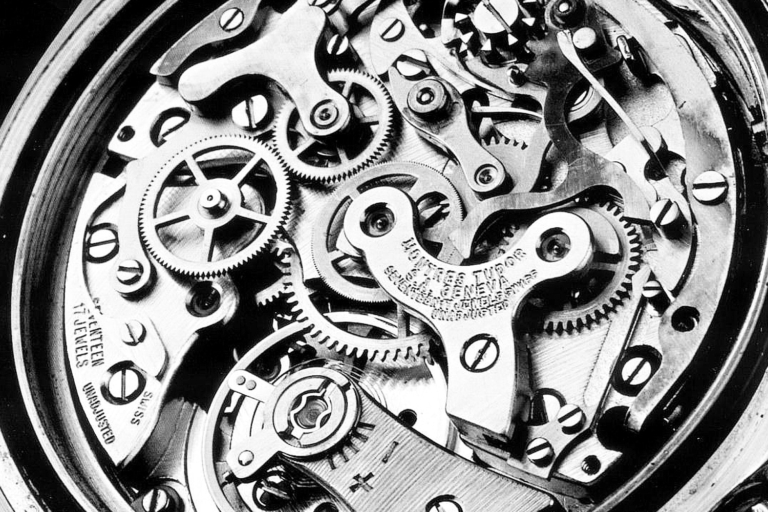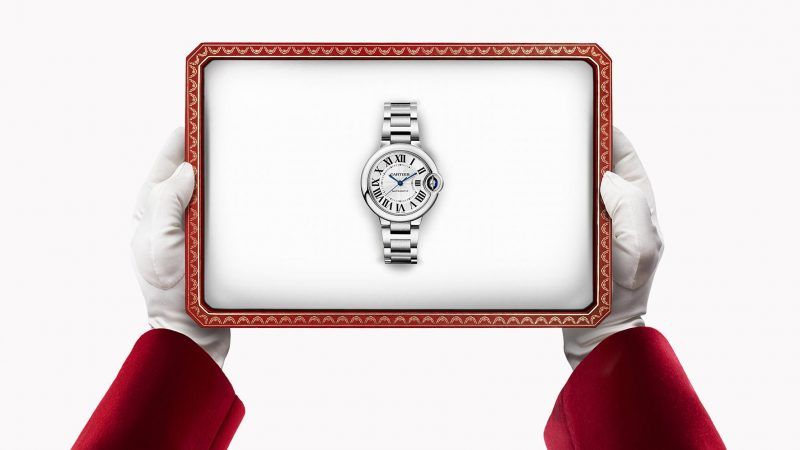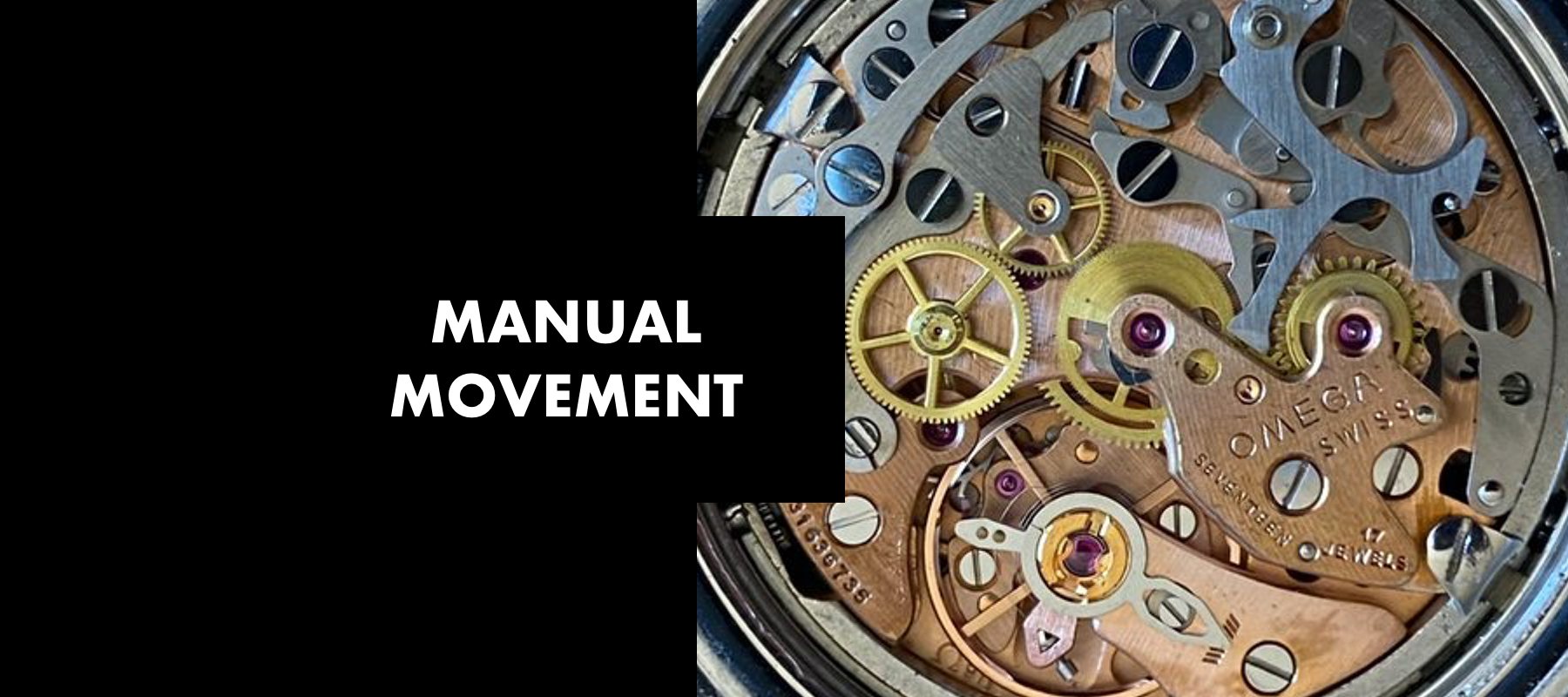Why Are Watch Movements Decorated? Unveiling the Craftsmanship

From the intricate world of horology, where every tick of a watch represents the confluence of tradition and precision, watch movements emerge not just as mechanisms to keep time but as miniature works of art. The question often posed by those new to watch appreciation is: Why are watch movements decorated? This article delves into the deep-seated reasons behind this age-old practice, exploring the aesthetic and functional aspects of watch movement decoration, as well as its impact on the watch collecting community.
The Historical Significance of Movement Decoration

Watch movements have been adorned since the earliest days of mechanical timepieces. Here are key historical points:
- The Guild Era: In the 15th to 18th centuries, guilds in Europe had stringent quality control measures, encouraging artisans to embellish their work.
- Renaissance Aesthetic: With the Renaissance came a surge in decorative arts, and watches reflected this cultural shift, becoming status symbols.
- Industrial Revolution: Even as production methods changed, watchmakers maintained the tradition of decoration, distinguishing handmade pieces.
Aesthetic Value and Collector’s Appeal

The allure of decorated watch movements goes beyond their practical purpose:
- Artistic Expression: A decorated movement showcases the artisan’s skill, making each piece unique.
- Pride of Ownership: Collectors often prize watches not just for their timekeeping accuracy but for the beauty within.
- Tradition: For many collectors, purchasing a watch with a decorated movement connects them to the history of watchmaking.
Functional Benefits of Movement Decoration

Despite its aesthetic appeal, movement decoration can also offer functional benefits:
- Lubrication and Cleaning: The micro-finishing processes used in decoration help oil flow smoothly across parts, aiding in longevity and efficiency.
- Anti-Forging: Unique decorations can deter counterfeiters or aid in identifying authentic pieces.
- Resilience: Certain types of decoration, like chamfering, can provide additional strength and resilience to movement parts.
Common Decoration Techniques

The art of movement decoration involves a variety of techniques, each adding to the beauty and complexity:
- Perlage: Creating circular patterns, often on bridges or plates, to provide a visually pleasing texture.
- Côtes de Genève (Geneva Stripes): Parallel lines giving a sophisticated, striped look to movement components.
- Polished Angles: Sharp edges are hand-finished to a mirror-like sheen, showcasing meticulous craftsmanship.
- Engraving: Etching detailed patterns or inscriptions on components for a personalized touch.
- Bridging: Crafting or decorating the bridges that hold gears and other components in place.
🔎 Note: While decoration enhances the aesthetic appeal of a watch, it's worth considering that highly decorated movements might be more delicate due to the artisanal work involved.
Modern Innovation and Traditional Craftsmanship

Today, the balance between technology and tradition remains a cornerstone of watch movement decoration:
- Automation vs. Handcrafting: While some techniques can be automated, many watchmakers still prefer hand finishing for its unique character.
- In-House Expertise: Brands invest in training to preserve decorative arts, ensuring continuity and innovation in techniques.
- Hybrid Approaches: Modern movements might incorporate both traditional decoration and innovative materials or technologies.
Watch movements, with their intricate designs and embellishments, transcend mere timekeeping to become a testament to human ingenuity and craftsmanship. The tradition of decorating watch movements serves both to preserve horological heritage and to create a deeper bond between the owner and the piece. Through the lens of history, we can see that this practice has stood the test of time, continuing to evolve yet remaining an integral part of what makes watches more than simple tools—they are works of art, cherished for their beauty as well as their precision.
Why do watch companies focus so much on movement decoration?

+
Watch companies invest in movement decoration to stand out in a competitive market, attract watch enthusiasts, and preserve traditional craftsmanship. It’s a way to showcase their commitment to quality and the heritage of watchmaking.
Does the decoration of a watch movement affect its performance?

+
While decoration does not directly improve performance, certain finishing techniques can enhance component functionality by ensuring smoother operation or by adding strength to parts, indirectly impacting longevity and reliability.
Can you see the movement decoration on every watch?

+
No, not all watches have visible movement decoration. Many watches have closed cases or exhibition backs, and some lower-end models may not receive the same level of decorative attention.



